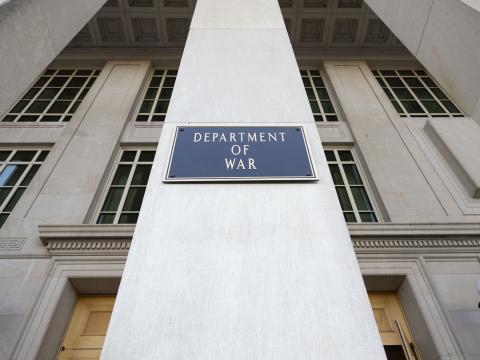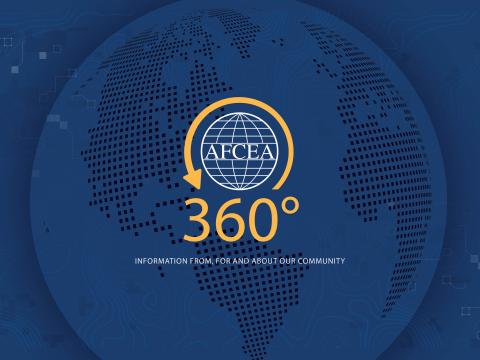Incoming: Public Sector Stands to Gain From Blockchain
Now is the time to explore the possibilities of this transformative technology. Blockchain offers exciting opportunities for use in government, and as with any new technology, leadership and governance will be crucial for it to be successful.
Bitcoin’s underlying technology, called blockchain, has great potential in the public sector. Blockchain is an open, distributed ledger that can record transactions between two or more parties efficiently and in a verifiable and permanent way. This can include the exchange of money, goods, property, documents or data—anything of value that can be represented digitally. A trusted centralized intermediary such as a bank can enforce terms, and details recorded in the ledger can be used for arbitration.
But why should anyone trust this ledger? Consider a transaction between a business purchasing an aircraft engine and an engine manufacturer. The transaction is recorded in a data structure called a block. New blocks are added constantly, and these include cryptographic “hashes” of the contents of previous blocks, effectively linking the blocks in a chain. The chain is always growing, and it is computationally very difficult to introduce bad transactions or to change previously recorded good transactions. Copies of the blockchain are distributed among nodes of a peer-to-peer network. Each node keeps the transaction history accurate by working to “agree” with all other nodes about the ledger contents. This makes the chain extremely reliable, tamper-resistant and trustworthy.
Governments worldwide are equipping themselves with blockchain. One noteworthy example is Singapore, which is using the technology to prevent traders from defrauding banks. It is the world’s first application of distributed ledger technology to enhance the overall security of trade finance invoicing, according to a statement from the Singapore government.
Many applications of blockchain technology also are possible in the health care industry. For example, it could allow two doctors who work with the same patient to share medical records securely. This could be helpful for service members who frequently deploy and have multiple doctors and records in the U.S. government health care network. The doctors could work together seamlessly, providing holistic care while securing the patient’s medical information in electronic health records.
Blockchain’s built-in integrity checks and capacity to tie documents together could reduce prescription fraud. The technology could eliminate the possibility of multiple pharmacies filling the same prescription. It also could expedite Medicare payments and provide better tracking, billing and documentation of communications and other activities.
Yet the health care industry is hesitant about using blockchain technology. This hesitation stems from concerns over regulatory and compliance issues, data privacy and standards, bandwidth, and staff training to ensure that users understand the technology. The possibilities and the uncertainties are numerous, and more will be discovered as blockchain technology advances.
Still, the world is moving toward blockchain. More than half of respondents to a survey by the World Economic Forum’s Global Agenda Council on the Future of Software and Society said they believe 10 percent of gross domestic product will be stored on blockchain by 2025.
Several blockchain trials with ports, private supply chain companies and retail giants are underway. They are exploring possible logistics benefits that could save billions in the long run. Blockchain offers many possible applications in the logistics industry. It could help trace paper trails and digitize millions of shipping containers globally, which would enable more secure, transparent communications between the U.S. government, companies and ports.
By modernizing operations with blockchain technology, airports, train terminals and ports could prevent data manipulation, increase efficiency and improve security. Blockchain also could improve product visibility and infrastructure usage, increasing capital functions. As the sharing economy grows, blockchain technology will develop an interdependent relationship with the forward-thinking logistics and supply chain management systems and the Internet of Things.
Now is the time to explore the possibilities of this transformative technology. Blockchain offers exciting opportunities for use in government, and as with any new technology, leadership and governance will be crucial for it to be successful.
Maj. Gen. Earl D. Matthews, USAF (Ret.), the former director of cyberspace operations in the Air Force’s Office of Information Dominance and Chief Information Officer, is vice president of the Enterprise Security Solutions Group for DXC Technology, U.S. Public Sector. The views expressed here are his own.




Comments